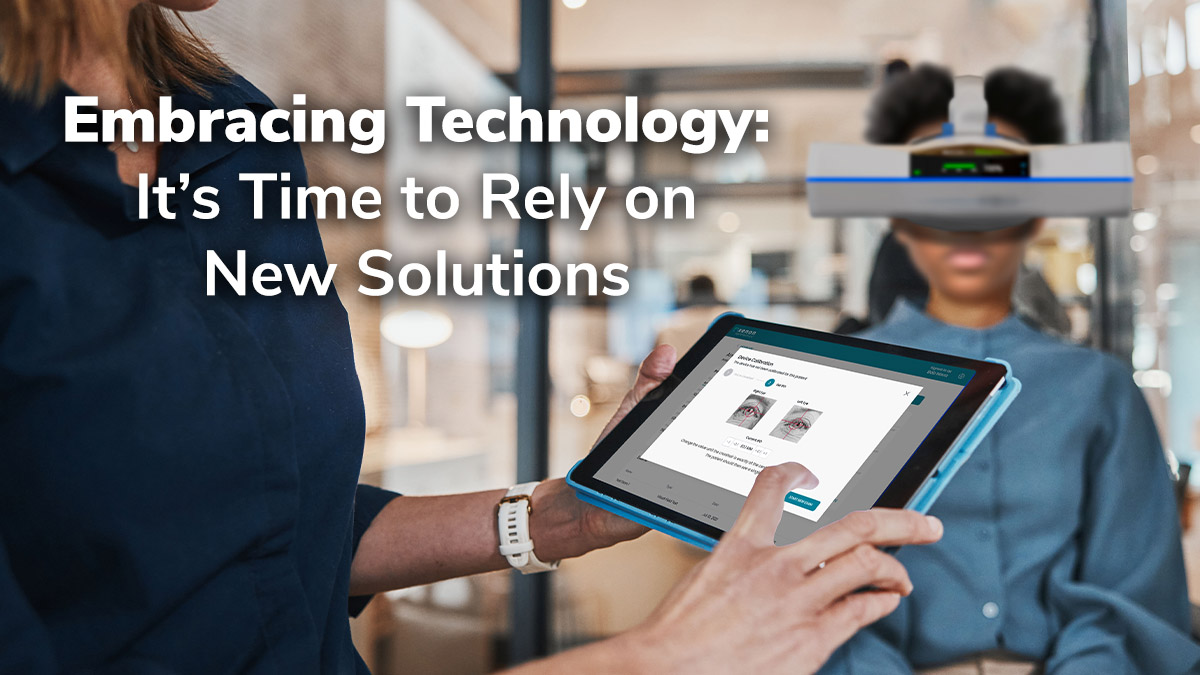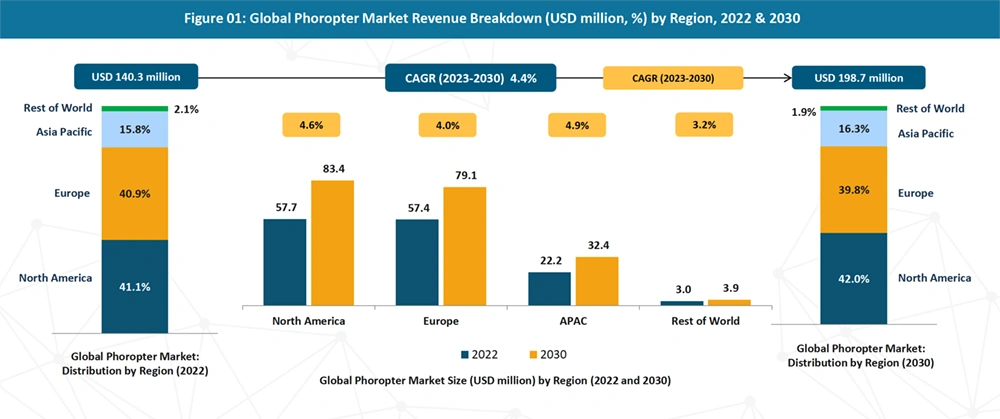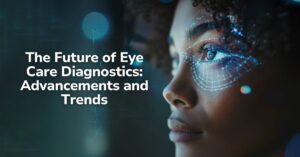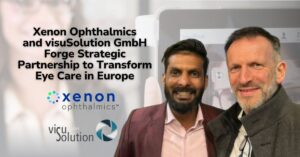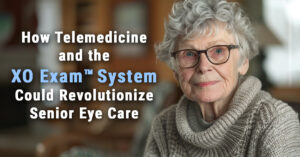A journey through ophthalmic diagnostic history reveals the iconic phoropter—the obvious standout in diagnosing and treating refractive error. A diagnostic tool that has earned its reputation over the past century, it’s renowned for its precision in determining refractive errors and deriving corrective lens prescriptions.
Yet, the limitations of this age-old device, which requires ample space for its functioning, become evident when we project its utility onto the vast landscape of global eye care challenges.
Recent economic evaluations highlight the increasing demand for eye care equipment.
Current research places the global market for both automated and manual phoropters at an impressive $140 million (USD). Expected to rise to nearly $200 million by 2030, this implies a Compound Annual Growth Rate (CAGR) of 4.4%.
But here’s the conundrum – the discrepancy is stark when placed against the projected growth of myopia alone, which boasts a CAGR of 8% by 2030.
Divergence in Growth: A Red Flag
The data is unequivocal. The escalating demand for the phoropter and other diagnostic equipment doesn’t march in tandem with the rising tide of eye conditions and diseases. The impending diagnostic and treatment gap is looming, and it’s evident that sole dependence on antiquated technology will only widen this chasm.
A Clarion Call for Innovation
Our trajectory underscores a salient point: inertia is not an option. What’s our strategy with the mounting number of patients and the intricate nature of their conditions? Embracing technological advancements is the only answer.
1Digital Diagnostics & Teleoptometry:
- Global Reach: Teleoptometry is no longer futuristic; it’s the present. With remote diagnostics, even hard-to-reach areas of the world can benefit from expert consultations, breaking geographical barriers.
- Economical and Efficient: It cuts operational costs and broadens the reach, offering a win-win for practitioners and patients.
2Artificial Intelligence (AI) and Machine Learning:
- Enhanced Predictability: AI-driven tools bolster our ability to detect potential issues before they manifest overtly.
- Tailored Interventions: Machine learning algorithms can help customize treatments based on individual patient data, fostering precision medicine.
3Portable Diagnostic Tools:
- Accessibility: Compact, efficient, and with the added boon of AI integration, these devices redefine diagnostics, making them accessible and efficient.
- Beyond Urban Limitations: Their portability is especially crucial for rural and inaccessible terrains, democratizing eye care.
4Advanced Therapeutics:
- Cutting-edge Treatments: The horizons of treating conditions like macular degeneration are expanding from gene therapies to stem cell treatments.
- Personalized Medicine: By analyzing individual genetic markers, treatments can be more precisely tailored to the patient, ensuring better outcomes.
5Virtual Reality (VR) and Augmented Reality (AR):
- Rehabilitative Miracles: Especially for those grappling with low vision, VR can recreate real-world scenarios, aiding in better navigation and spatial understanding.
- Training and Skill Enhancement: AR can be employed for training professionals in simulating complex surgical procedures or diagnostics.
Collaboration is Key
If this piece resonates as a rallying cry, it’s because it is one. All stakeholders must coalesce, from equipment manufacturers and cutting-edge researchers to frontline eye care professionals and policy architects.
The surge in eye-related conditions mandates a paradigm shift. Traditional methods and tools have their esteemed place, but the future beckons a marriage between the old and the new.
The timeless wisdom of “seeing is believing” has never been more pertinent. In this context, belief in technology’s transformative potential will shape the very essence of eye care.
In conclusion, our shared vision should be one of a world where innovation and technology aren’t mere adjuncts but form the very foundation of eye care. Together, we hold the power to translate this vision into tangible reality.
A Comprehensive Approach to Providing Greater Access to Vision Care While Increasing the Quality of the Care Provided
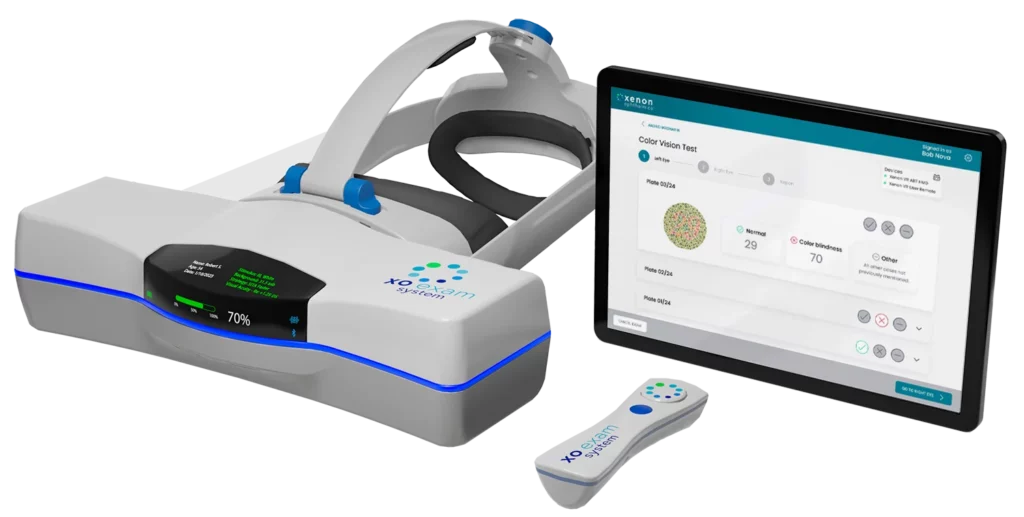
XO Exam™ System
The XO Exam™ System includes diagnostic features of traditional ophthalmic devices like phoropters, autorefractors, and visual field units.
